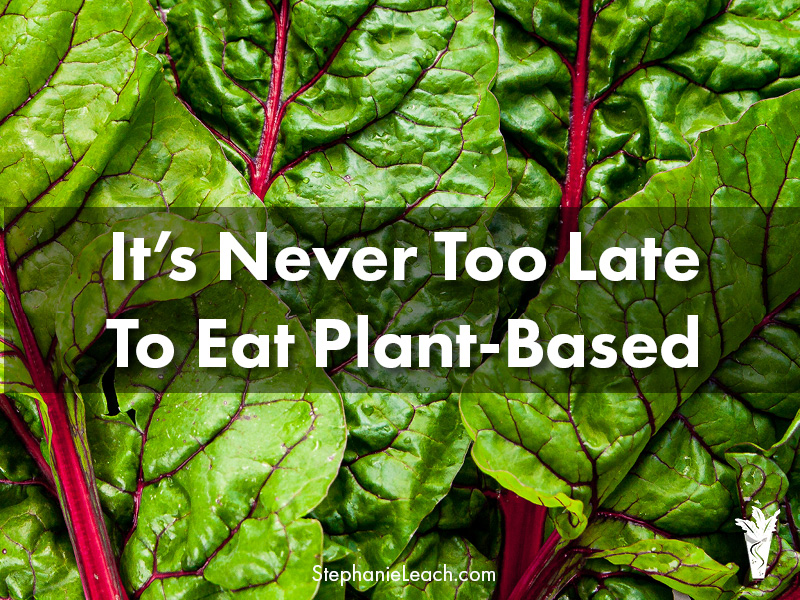Search the internet, and you will find countless websites touting the miracles of megadoses of vitamin D. Sales of vitamin D have skyrocketed from $40 million in 2001 to $425 million in 2009. Why the surge? Over the past few years, much has been made of some studies that appeared to link reduced vitamin D with cancer, cardiovascular disease, diabetes and other diseases. But more recent studies have shown that megadoses of vitamin D can actually damage kidneys.
To clarify the issue, the US and Canadian governments asked the Institute of Medicine (IOM) to review and assess the current information and data on health outcomes associated with calcium and vitamin D. If vitamin D really is the panacea that it is currently purported to be, then we should all be taking supplements. And if it is not, well . . .
The committee performed an exhaustive review of more than one thousand studies and reports, and heard testimony from scientists and stakeholders. They reviewed health outcomes on everthing from cancer to metabolic syndrome to reproductive issues. Their conclusion?
“Health benefits beyond bone heath – benefits often reported in the media – were from studies that provided often mixed and inconclusive results and could not be considered reliable.”
So they concluded something we already knew – that vitamin D and calcium play a large role in bone health. Any other benefits have not been clearly proven.
The new guidelines recommend 400 IUs of vitamin D per day for most people. People age 71 and older may require as much as 800 IUs per day. Perhaps more importantly, the upper intake level is 4,000 IUs per day.
A quick review of my diet shows I’m covered. The egg I ate for breakfast had 371 IUs of vitamin D, and the cup of SILK Light Plain Soymilk had 491 IUs. If I want a larger dose, I can eat fortified breakfast cereal, or catfish for dinner.
The IOM review underscores something I have always believed. When it comes to good health, there is no magic bullet. Of course, each person has to make their own decision. For me personally, I will continue to eat a varied, balanced diet, and keep my megadose vitamin D money in my wallet.









Leave A Comment